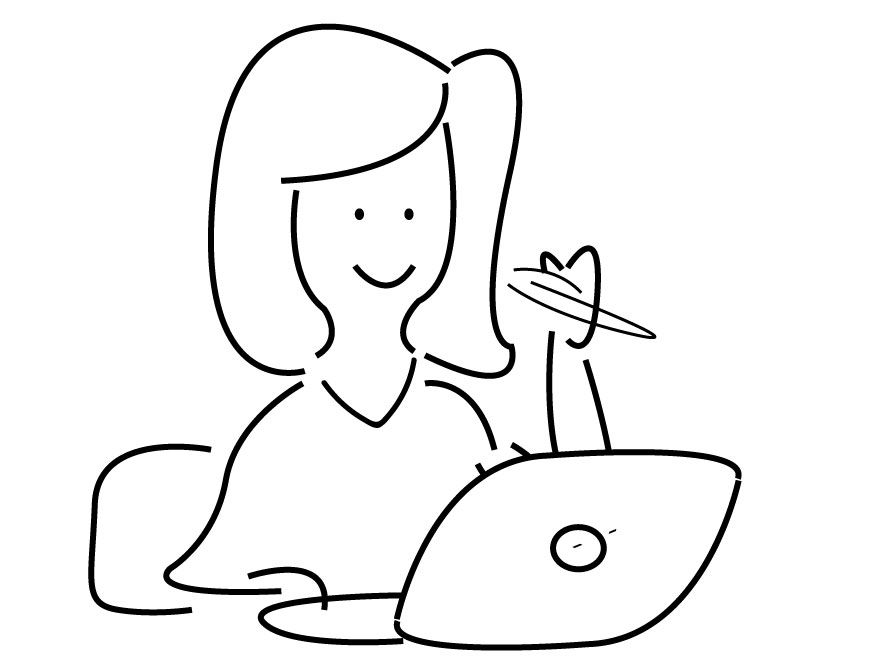Body language rules to follow when at an interview
It’s Not What You Say – It’s How You Say It
You are basically a confident, sorted and capable individual. However, there are certain situations in which you would feel unsure, insecure and less than 100% confident. Appearing for an interview could be one such situation. Job search by itself is a tough and tedious process, of which appearing for an interview is an integral part.
Often, while being interviewed, we are so focused on saying the right things that we are not aware of the unintentional messages we convey through our actions – our gestures, posture, eye contact and other aspects of our body language.
A frequently cited study by psychologist Albert Mehrabian states that 55% of our total communication is body language, 38% is tone of voice, and 7% is the actual words spoken. These statistics emphasize the power of non-verbal communication, validating the popular saying that ‘actions speak louder than words’. Positive body language is extremely important when it comes to successfully completing an interview. Employers want to be around people who seem well adjusted, genuine and not high strung. Nervous and faking insouciance? Glossing over some career detail? The subconscious mind is brilliant in detecting non-verbal cues that say otherwise. So even if you’re trying your best to act the part, your body language gives you away.
The following 5 simple tips can help you navigate an interview with ease and ensure you send your interviewer the right signals from the start.
Smile: A smile acts as an ice-breaker and helps you build instant rapport with your interviewer. Your smile should be natural, genuine and not forced. Recruiters seldom employ unpleasant looking people!
Handshake: The handshake is an invitation to demonstrate why you are the perfect candidate for the job. A good handshake is one that has a professional, yet polite firm grip. A handshake is a gender-neutral gesture. Avoid, at any cost, offering a ‘dead fish’ or a limp handshake.
Eye contact: Engage the interviewer with direct eye contact. There is, however, a difference between a steady gaze and a long, hard stare, which just creates awkward and uncomfortable moments. The best way to moderate the amount of eye contact is to establish contact for a few seconds, then shift your gaze to other dimensions of the face, and revert back to the eyes.
Posture: Leaning slightly forward is a great way to show interest and demonstrate confidence, as is maintaining an “open” position. That is, sitting with arms and legs un-crossed, and exposing the palms of your hands whenever possible. This shows that you are honest, and have nothing to hide. Crossed arms and legs, on the contrary, may make you appear defensive or arrogant. It is advisable not to lean back against the back rest of the chair or slouch. Keep your feet still and firmly planted on the ground.
Gestures: Keep your hands on your lap, using them to make appropriate but restrained gestures. Do not fidget, twirl your hair/pen or demonstrate your nervous energy by gesticulating excessively. Lip biting, rapid eye blinking, excessive frowning is best avoided.
The good news is that body language can be practised and perfected. And while your capabilities and credentials undoubtedly play the most important part in the selection process, a positive body language will help you stand apart.













